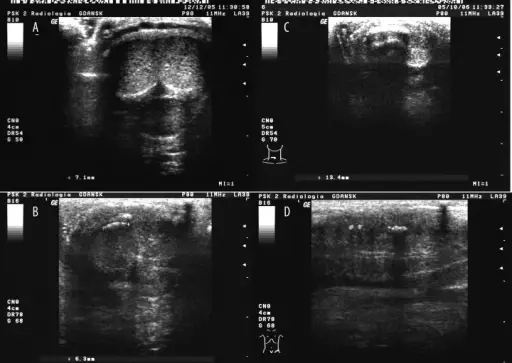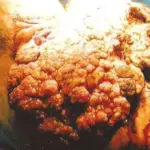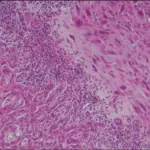Peyronie disease is the condition of the penis characterized by curvature on the penile shaft.
What is the Pathology of Peyronie Disease?
The pathology of Peyronie disease is:
-Etiology: The cause of Peyronie disease is associated with beta-blocking agents, lack of vitamin E, and increased serotonin levels.
-Genes involved: HLA-B7 surface antigen.
-Pathogenesis: The sequence of events that lead to Peyronie disease include trauma which results in ventral and dorsal delamination damage to the tunica albuginea. Augmented collagen is deposition at tunica albuginea, resulting in fibrosis.
-Morphology: The morphology associated with Peyronie disease shows penile shaft curvature.
-Histology: The histology associated with Peyronie disease shows collagen deposition and abnormal elastic fibers.
How does Peyronie Disease Present?
Patients with Peyronie disease are typically older males. The symptoms, features, and clinical findings associated with Peyronie disease include palpable plaque, indented shaft, penile pain, and erectile dysfunction.
How is Peyronie Disease Diagnosed?
Peyronie disease is diagnosed through physical exam, imaging such as penile ultrasonography, corpus cavernosography, and MRI.
How is Peyronie Disease Treated?
Peyronie disease is treated through surgical repair.
What is the Prognosis of Peyronie Disease?
The prognosis of Peyronie disease is good surgical intervention and postoperative care.



